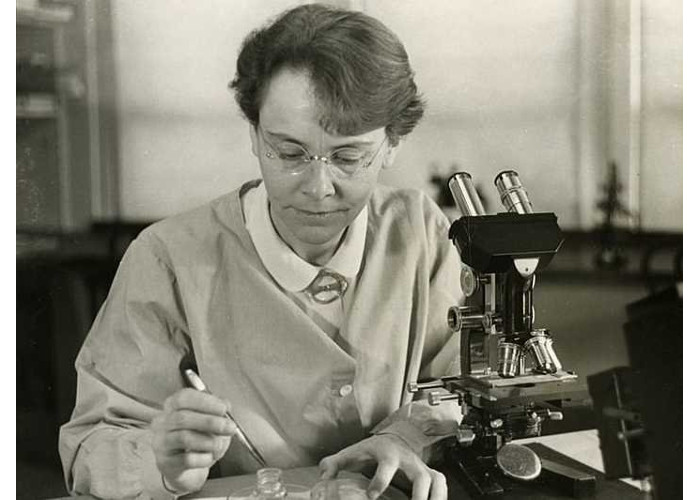Remarkable Women in Science | Barbara McClintock
Throughout history, women have made incredible contributions to science, but have routinely and regularly been written out of history books, research papers, and awards applications. Women have also had to work at least twice as hard to prove themselves, get access to the same facilities, and get recognised for their work. Marie Curie was rejected from the French Academy of Sciences in 1911, despite being the frontrunner in her field, because she was a woman, Polish, and rumoured to be Jewish.
In the modern day, we have to listen to the likes of the Google manifesto and hear the same 18th and 19th-century arguments doled out, about how women are natural “sympathisers” who care more about emotions than facts, and are therefore biologically less suited to careers in tech. Give me a fucking break.
There are some women who stand out as stars of science; like Marie Curie and Hedy Lamarr, and some women who are finally getting the recognition they deserve posthumously, like Rosalind Franklin. (Rosalind was a key player in the discovery of DNA, alongside Watson and Crick, but was written out of the work and died before she could be recognized for her contributions).

This story is repeated throughout the history of science, but some women do eventually get the recognition they deserve, even if they have to wait years, and have a man to repeat their work to get the recognition they should have gotten in the first place. This is the story of Barbara McClintock.
Barbara McClintock didn’t come from a wealthy background, which makes it all the more remarkable that she went to university and devoted her life to research, given the pressure she would have been under to marry. She went on to study at Cornell University, and graduated with a BSc in botany, despite studying genetics for four years. The official record on this is unclear, but for some time, women were not awarded degrees in genetics from the university.
Until McClintock’s graduate work in the 1940s, it was believed that genes are passed from parents to offspring on chromosomes, in an immovable, inflexible way. McClintock, however, proved that genes must be able to “jump” within chromosomes, by studying corn. In research meetings, when she brought this up, her superior Sewall Wright dismissed her work and explained to her that she didn’t understand the mathematics involved.

She focused on getting the work published, gave talks at universities describing what she’d done and worked tirelessly to get the recognition she deserved, but to no avail. She moved on to other research projects, generating further breakthroughs in genetics, and was consistently discriminated against, including being told that if she chose to marry, she would lose the academic position to which she had been appointed.
A decade after she discovered her jumping genes, two French geneticists published research on the lac operon; a series of three genes in bacteria which are all necessary for the bacteria to break down lactose. If something gets in the way of any of these genes, the bacteria loses its ability to break down the lactose. They described other pieces of genetic material jumping into the genes of the lac operon, disrupting its function. McClintock had described this exact phenomenon ten years earlier in 1951, but had not been taken seriously, and was treated with the impression that she simply didn’t understand the fixed nature of genetics.
McClintock wrote an article for the American Naturalist, describing the parallels she saw between her own work and that of the French geneticists, but it would be another twenty five years before she would get the recognition she deserved for her work. In 1983 she was awarded the Nobel Prize for Physiology, becoming the first woman to win the prize unshared, for work she had done 35 years previously.
So this international women’s day, think of Barbara McClintock and her likes, but also all of the women who never got the chance to receive the recognition they deserve. And teach the young women in your life that they are just as capable as their male counterparts in science, technology, engineering, and maths.
